Best Collar For Dogs That Pull
* This post contains affiliate links, and we will be compensated if you buy after clicking on our links.
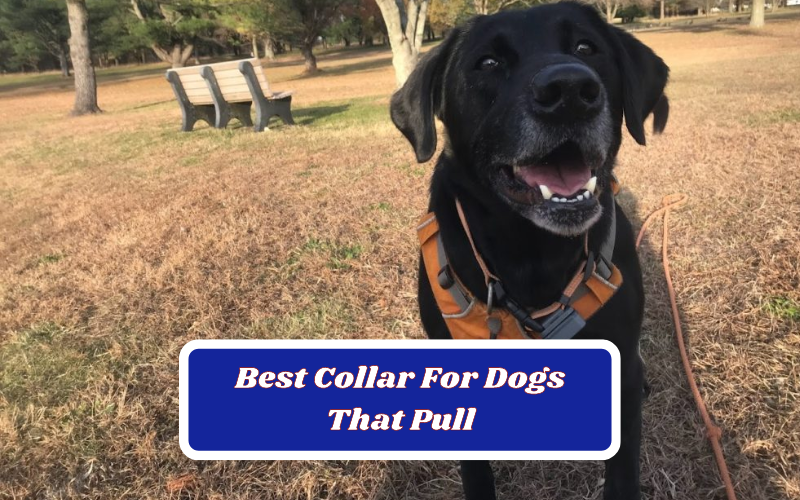
The freedom of taking your dog for a walk is truly a one of a kind feeling.
They allow you and our furry friends to stay active, healthy, provide a good source of Vitamin D and will even strengthen your relationship with your dog.
But these regular walks can quickly turn into a nightmare if your dog has developed the habit of pulling on his or her leash.
Not only can it be a miserable experience, it can also be dangerous for your pup.
Pulling could cause your dog’s leash to break, which could have disastrous results if done on a busy street.
Therefore, regardless of your dog’s size, you should teach them to walk alongside you and submit to your leadership without pulling excessively.
There are many ways to achieve this and that is what we’ll be discussing here in this article.
We’ve got you covered, so don’t worry!
Ready to rock and roll? Let’s Go!
TABLE OF CONTENTS
How To Stop Your Dog From Pulling On Leash
How To Get Your Dog To Stop Pulling On Leash
Let’s take a quick look at why dogs pull on the leash before getting into the techniques that will stop your dog from pulling.
Understanding why dogs pull on the leash in the first place and how we might unintentionally be encouraging it can help us manage the behavior.
Because pulling on a leash is typical dog behavior. It is natural. Pulling allows them to travel at their own pace and to where they want to go.
Your dog pulls on the leash because it is effective, not because they are trying to be dominant.
It will be challenging to break your dog’s leash-pulling habit if they have always done it.
A dog’s instinct is to resist restraint because they are used to moving forward while pulling, which has encouraged the behavior itself.
But if you’re consistent, you can break that habit and eventually stop all the pulling by teaching your dog that walking is more enjoyable.
When your dog is pulling on his or her leash, there are usually a few ways to solve it.
For example here are a few ways to solve this:
- Being Consistent With Training
- Start In A Boring Area
- Use Treats To Reward Good Behavior
- Staying Patient
- All Of The Above
The best way to prevent pulling is by implementing all of the above with proper dog training.
Having your dog understand basic commands such as heel will allow you to properly correct your dog when he or she is pulling.
By repeating this process (every time they pull on the leash) they will start to learn that this behavior is not acceptable.
Now if you want to learn exactly how you can master the art of this, then you’ll want to read our full guide on how to get your dog to stop pulling on leash here.
Is The Hype Real? How Do No-Pull Dog Collars & Harnesses Work Actually?
They have been around for a while now but not all no pull collars and harness are created equal. Many manufacturers take a variety of approaches to create these.
Meaning, that some are better than the others and they are all pretty different.
Every no-pull technology differs slightly in how it operates and what advantages it has over a typical dog collar. Therefore, you should be careful to choose the kind that is best for both you and your dog.
Everyone will be different and every dog may require different collars or harnesses.
The most popular and common designs used by manufacturers will be covered below.
Correction Collars (Prong Collars, Chain Collars, Choke Collars, Etc.)
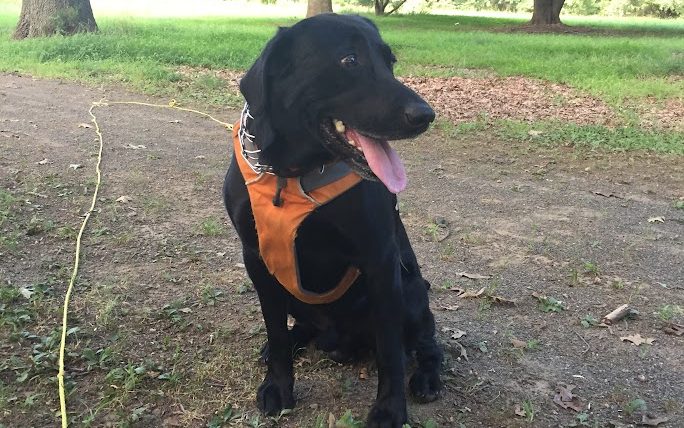
Correction collars are essentially made to help you teach your dog not to pull while out for a walk by enabling you to physically correct him when he starts pulling or jerking on the leash.
Correction-style collars include martingales, chain collars, and collars with prongs.
To prevent hurting your dog, these training collars must be used carefully.
They are not recommended for inexperienced owners and should only be used under the supervision of a qualified trainer.
Additionally, some breeds, such as those with short, “pushed in” faces or weak tracheas, should not use them. With these dogs, you should never use a training collar of this type. In fact, for added safety, you might prefer a harness to a traditional collar.
Additionally, a lot of dog trainers are against the use of prong and choke collars because they see it as a form of punishment-based training that has no place in canine education.
Some believe that these are aggressive methods that only cause harm to the dog and do nothing to alter its behavior.
Even worse, they could damage the dog’s trust relationship because the animal, which feels strangled, has no idea why its owner is acting in such a hostile manner.
To avoid hurting your dog, however, you should only use correction collars if you are adamant about doing so and are working with a certified canine trainer.
They can be tools that work extremely well, if done and used correctly, but please if you use them, make sure you have a CLEAR understanding of how they work, and how you should use them.
To prevent dogs from pulling, we do not advise using a choke chain or prong collar (or honestly, for any reason). These kinds of training collars cause pain to your dog and there are better ways to train your dog.
Harnesses: Compression Harness
To prevent your dog from pulling, compression harnesses work on a fairly clever concept: they get tighter as soon as your dog pulls on the leash. Your dog will squeeze more tightly the harder they pull.
Compression harnesses squeeze a dog’s rib cage as opposed to correction collars, which can exert pressure on a dog’s neck. They are consequently less likely to result in injuries and are much more humane than choke collars.
When used properly, compression-style harnesses can be a very powerful training gadget and everyday harness.
However, keep in mind that puppies or dogs with joint problems, and those who are still growing or developing, may suffer harm from the pressure that these harnesses apply.
They are also fairly comfortable for dogs to wear and look rather good.
Directional Collars and Harnesses
My personal favorite, the standard harness and directional collars.
With the help of directional collars and harnesses, you can easily redirect your dog’s focus and strengthen his overall leash manners.
When used properly, these types of harness are a game changer. These are by far the most common no-pull devices as well.
Many of these harnesses that we will recommend also come with front clips and back clips.
A front clip is the name for the leash attachment that fits in the space between your dog’s front legs.
Most of the harnesses that we recommend come with both, giving you the flexibility to use a different leash attachment as you like.
But why use the front clip?
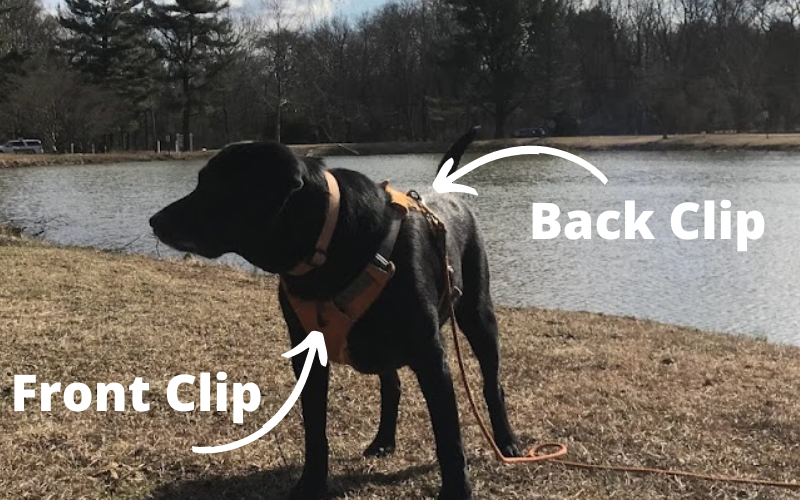
Well, the front clip accomplishes a few things. Most importantly, it acts as a barrier that prevents your dog’s natural tendencies (to pull).
They also make it simple to distract your dog’s attention and undermine his balance.
Another big pro front clips provide are the fact that your dog wont be able to use his full force.
What we mean here is, think about the harnesses that clip on the back. They allow your dog to use all his momentum and strength to move forward. All that force that you have to pull against.
This is especially a big issue with bigger dogs.
With front clips, this becomes a non-issue as your dog will be pulling from the side
If your dog pulls while wearing a front clip harness, he will be turned around to the side rather than using his strength to move forward.
Head Halters
Now to be honest, I am not a fan of these but they do have their place and many dog parents do enjoy them.
They can be classified as another style of directional harnesses.
These devices function by wrapping around your dog’s head and muzzle, making it simple to focus your dog’s attention in the desired direction and ending pulling behavior.
Additionally, when pulled, they slightly tighten, adding a light compression and preventing your dog from wriggling out from under the head halter.
Due to the fact that dogs’ chests have more muscle strength than their heads, head halters can be very effective.
Remember that some canines detest head halters. To get your dog to wear a head halter without constantly attempting to scratch it off his face, you’ll need to gradually put it on them, and get them used to it.
Shock Collars, e-Collars, or Bark Collars?
Another type of collar you may be tempted to use are shock collars or bark collars.
These are known as a painful or uncomfortable devices, and include/known as shock-collars, e-collars, or bark collars. These usually make everything worse as opposed to better.
Because they put pressure on a dog’s trachea, neck, and spine and because they restrict blood flow to the brain, painful or uncomfortable collars are dangerous.
They make the world more terrifying when applied to a dog who may be reacting out of fear by adding pain to an already terrifying situation.
Given that the dog is unsure of what in their environment is causing them pain, using an types of these collars is not good.
Positive reinforcement training is the most effective way to stop reactive, pulling, and barking dogs.
Instead of being based on the concepts of discomfort, dread, and intimidation, these techniques are based on science.
A certified dog trainer or veterinary behaviorist should be contacted if your dog is having trouble walking on a leash or is barking excessively and you want professional help. .
Many people opt in to training their pets themselves, and that works great too.
With that being said, we do not recommend any of those types of collars.
Best Dog Collars And Harnesses For No Pulling
Ruffwear No Pull Dog Harness
I am a big fan of the ruffwear harness. It is durable, and strong. Not only that, but it is great for no pulling. I would say, do yourself a favor and take a long look at this one.
The extra padding and surface area provided by the Ruffwear No Pull Harness helps to evenly distribute pressure and reduce back and neck strain.
For dogs with short necks or flat faces, this cozy, adjustable harness makes a good transition from training to daily walks.
Pros:
- The additional padding is perfect for prolonged outdoor activities like hiking.
- Leash’s front attachment aids in gently rerouting pullers.
- No choking with this harness
- Custom fitting is possible thanks to four adjustment points (great for all size dogs)
- Great in the water (Perfect for swimmers and water boys/gals)
- Most durable harness (Will last years, we only bought a new one because the old one was getting filthy)
- Tons of color options
The Ruffwear Harness in action!
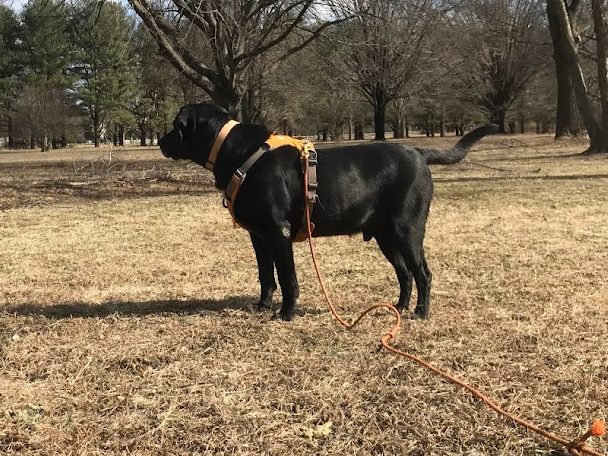
PetSafe 3-in-1 Harness

The front leash attachment on this PetSafe 3-in-1 harness is great for dogs that pull. Here’s why: The harness’s front clip puts you in front of your dog
When they try to pull ahead, they will be met with tension and restriction.
The leash’s tension causes them to slow down when they try to run ahead without impeding their front legs’ range of motion.
Additionally, this harness has a seatbelt strap for safer car rides and a back attachment that you can use once your dog has learned not to pull.
Pros:
- Prevents dogs from pulling when they are not choking on their necks
- Additional neoprene padding for your dog’s comfort
- The harness’s four adjustment points guarantee a perfect fit.
- For a small fee, PetSafe will replace any collar that has visible wear.
2Hounds Design Freedom No-Pull Harness
To help your dog develop better walking habits, the 2 Hounds Design No-Pull Harness also makes use of two different no-pull technologies.
The 2Hounds Harness features a special double connection that secures your dog at both the front and back shoulder blades. More control is possible thanks to the two points of contact.
Additionally, it has a loop in the martingale style that applies light pressure to your dog’s chest and ribs when he pulls.
Leashes frequently twist during walks, which is one of the drawbacks of front-clip harnesses. The 2Hounds harness design helps to reduce twisting, straining, and pulling, to make walks more fun for you and your pooch.
Pros:
- The majority of owners reported less leash pulling.
- Many people praised the quality and fit.
- Durable
Rabbitgoo No-Pull Dog Harness
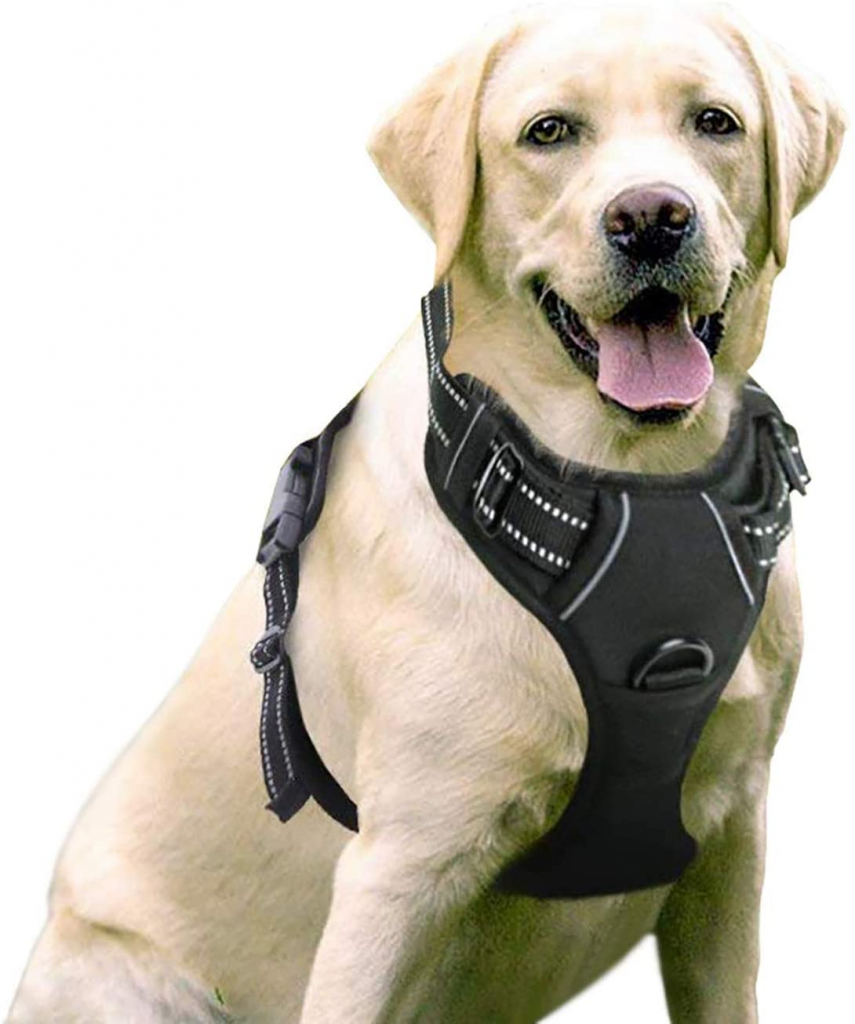
A top-notch dog harness with clips on the front and back,
Simply attach your dog’s leash to the front clip and lead him where you need to go to stop him from pulling.
This adjustable harness, which comes in a variety of colors, has a handle that you can use if you need more control over your dog.
Pros:
- Location of the front clip lessens pulling
- Step-in designs are easy to put on and remove.
- There are a ton of color options available.
PetSafe Gentle Leader No Pull Dog Headcollar
The Gentle Leader training collar is fashioned after a horse halter and fits around a dog’s snout and behind its ears to discourage pulling, lunging, and jumping.
A head harness can be used to gently reposition your dog’s head and prevent pulling by giving you control over the most delicate part of your dog’s body.
You must first desensitize your dog to the collar in order to use it effectively. When using the leash, never jerk or pull it; instead, carefully follow the instructions on how to fit the collar for your dog.
Pros:
- No choking or obstruction.
- A truly custom fit is possible thanks to the adjustable neck and nose loop.
- Even with their mouths closed, dogs can still eat, drink, pant, fetch, and bark.
- works on both small and large dogs, with sizes ranging from tiny
- Eight distinct color choices
6. PetSafe Nylon Martingale Dog Collar

The PetSafe dog collar is made of sturdy nylon, keeps dogs from escaping, and is very affordable.
It makes obedience training safer and more comfortable for your dog because it tightens when the dog pulls and loosens when the dog stops.
However, since it is not a regular collar, you shouldn’t leave it on your dog at all times, and definitely not for tie-out purposes.
The main justification is that if your dog is tied up and unattended, he could choke and hurt himself by yanking on the leash to try to get away.
However, if you employ this training collar properly, you ought to achieve excellent outcomes. Though it doesn’t offer much wiggle room, make sure to accurately measure your dog before choosing the collar size.
Pros:
- Safer than a choke collar
- Very inexpensive
- Dogs can’t squirm or escape out of it
7. Sporn No-Pull Dog Halter
A special tool for walking dogs that uses compression in a different way is the Sporn Dog Halter.
The Sporn halter is comparable to compression-style harnesses; however, the straps apply pressure near your dog’s front legs to help prevent pulling instead of around his chest.
Pros:
- Stops pulling efficiently without choking
- Fit is excellent, especially for breeds with deep chests.
- Simple to put on
8. PetSafe Easy Walk Dog Harness
The PetSafe Harness has two no-pull technologies because it has a front clip and tightens when your dog pulls as well.
This is probably one of the best options for novice dog owners because it is simple to use and simple to put on.
Pros:
- Prevents pulling without choking your dog
- Simple to put on and remove
- Excellent range of sizes and colors
Hamilton Prong Training Dog Collar with 3.2mm Chrome Prongs

The Dog-Thing training prong collar is a choke chain that will probably intimidate some people.
It is made of interlocking steel links and prongs. It makes sense that a lot of people are reluctant to insert metal spikes into their dog’s neck.
We do not really recommend this type of collar unless you know how to handle it. It should go without saying, that you should be aware of what you’re buying and you must be careful with this tool.
It does a good job of putting a stop to pulling and lunging.
10. StarMark TCLC No Pull Dog Training Collar
The StarMark TCLC Training Collar is an alternative to metal prong collars.
This collar uses soft plastic points instead of metal spikes to get your dog’s attention and clearly communicate your message without hurting them.
As long as it is the right size, it has a Martingale design that tightens up just enough to apply pressure without choking your dog.
With larger dogs, the nylon Martingale strap’s thinness and lack of confidence are problematic. Fortunately, they won’t be pulling very hard, so it ought to hold up.
From reviews, these dog collars aren’t as effective on our dogs with thick neck pads like Pit Bulls and Bulldogs.
For proper fitting, each link can be removed and more can be added to adjust this collar to whatever size you need.
Pros:
- Links can be added or removed to change the size.
- Does not choke when properly sized
- Just enough to get their attention
The Best Way To Prevent Dogs From Pulling
Many dog owners believe that it is all about the tool they’re using. But the truth is actually it’s not.
It’s all about you! The best way to prevent pulling is by dedicating training time to train and teach your dog, with these tools used as a bonus.
In a nutshell: By rewarding your dog when he isn’t pulling, you can teach him that this is the right way to walk (without pulling).
Reinforce good results and behavior until it becomes the new standard while out for walks.
Want to know the entire process in detail? Please check the training here.
What’s Better Harness Or Collars For Pulling Dogs
So you’ve read the whole article, and are stuck between whether you should get a harness or a collar.
In general, harnesses are preferable and safer to use with pulling dogs than other devices.
The following are a few of the key causes why this is the case:
- Dogs that pull may suffer neck injuries from collars.
- Collars may restrict a dog’s ability to breathe and even result in permanent injury.
- Some dog breeds may experience pressure on their eyes from collars (such as pugs).
- Certain collars are simple for dogs to wriggle out of.
When it comes to harnesses, they’re usually more secure and won’t harm your dog’s neck. Your dog should be able to breath like normal as well.
With front clip harnesses, you will get the benefits of the harness as well as the extra perk of hindering your dogs pulling.
Always remember your dog’s health and safety when making decisions, and if you can’t break your dog’s pulling habit in a reasonable amount of time, consider working with a professional trainer.
Conclusion
It’s crucial to pick a comfortable collar or harness for your walk in order to ensure both your dog’s and your own wellbeing.
Dog’s will typically require some training because they are not naturally inclined to walk on a leash.
Our recommended choice is the Ruffwear Harness. You can check it out here and as always make sure to check out some of our other articles.

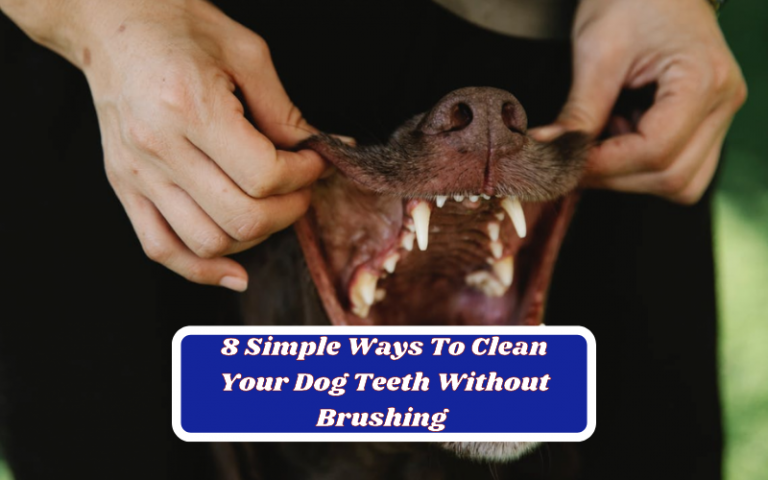


One Comment